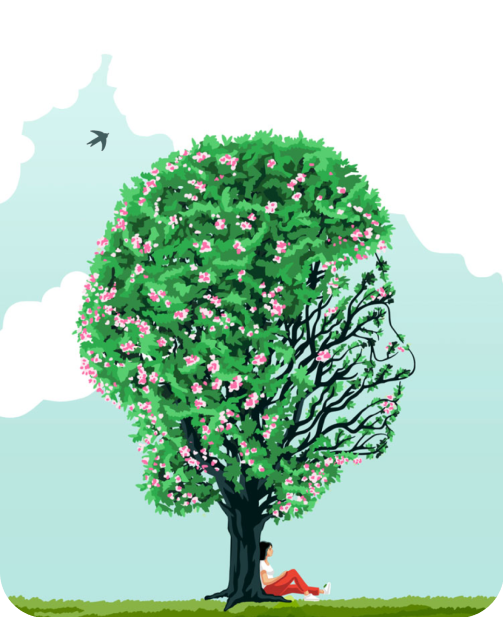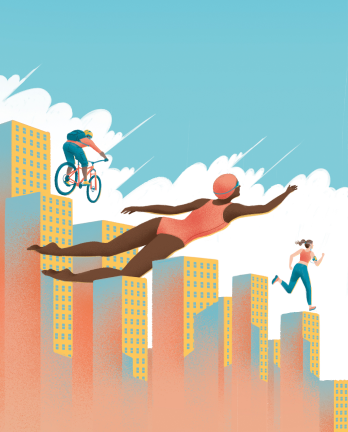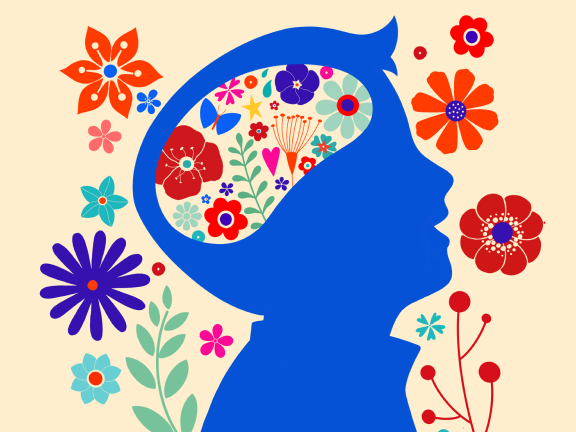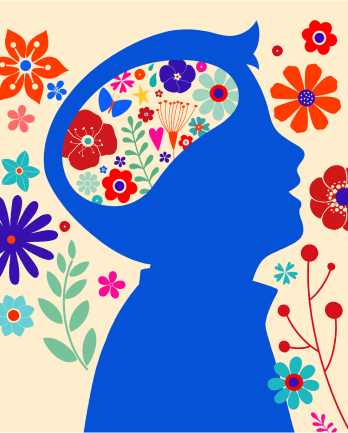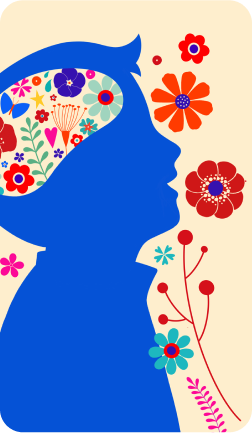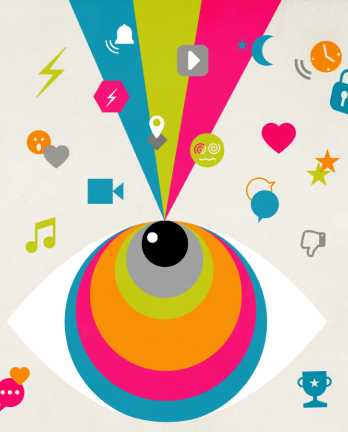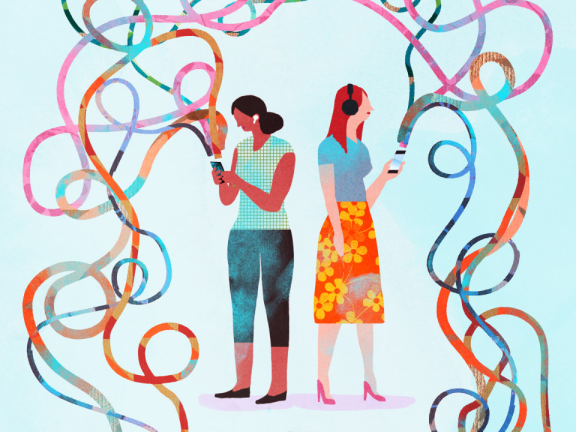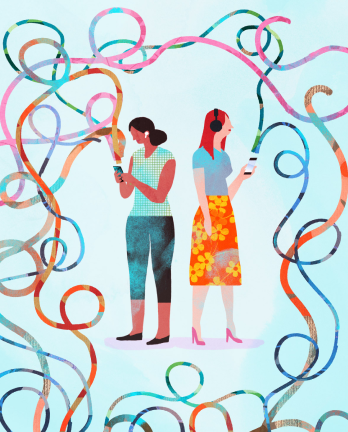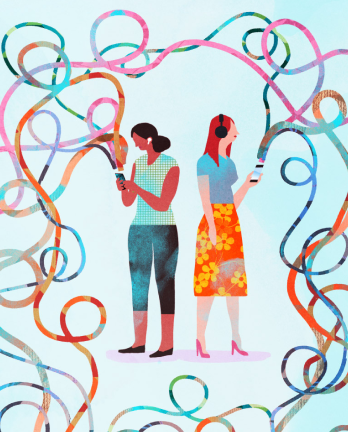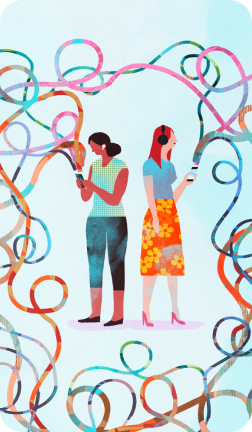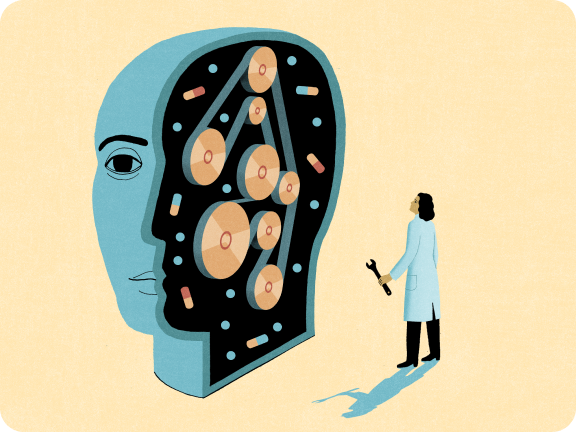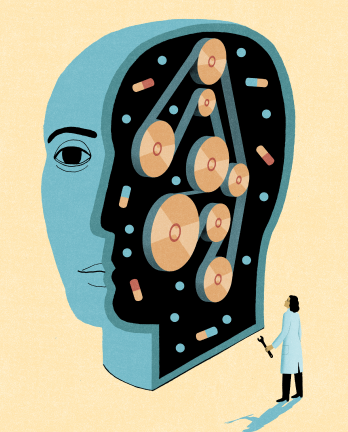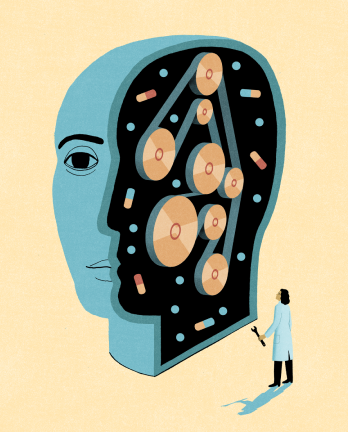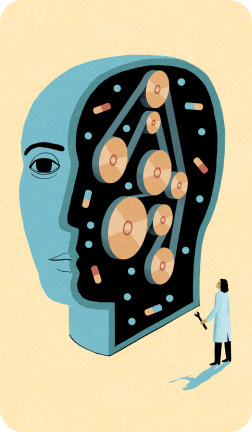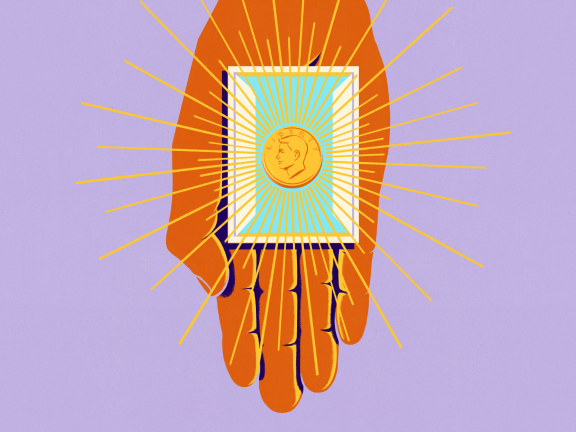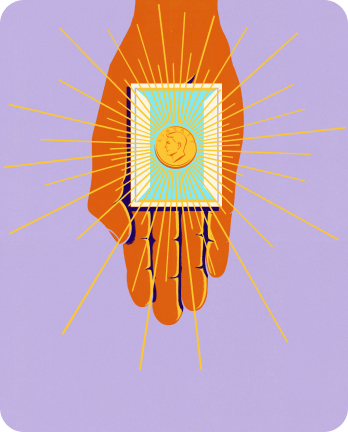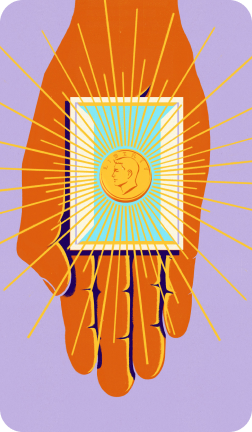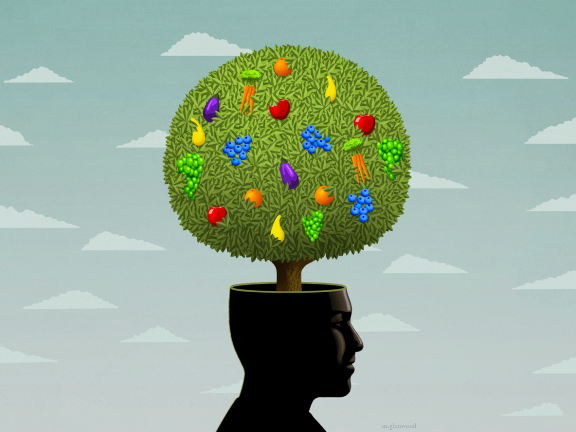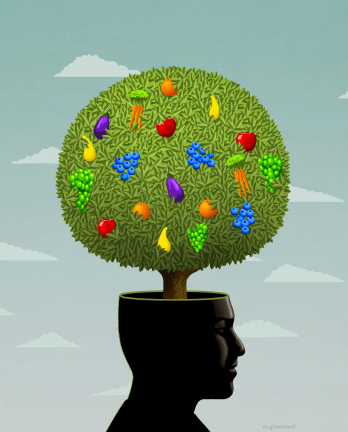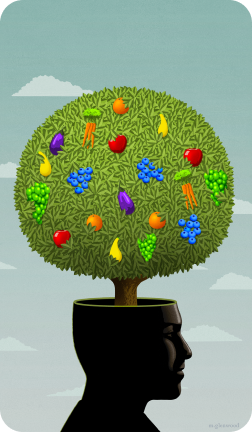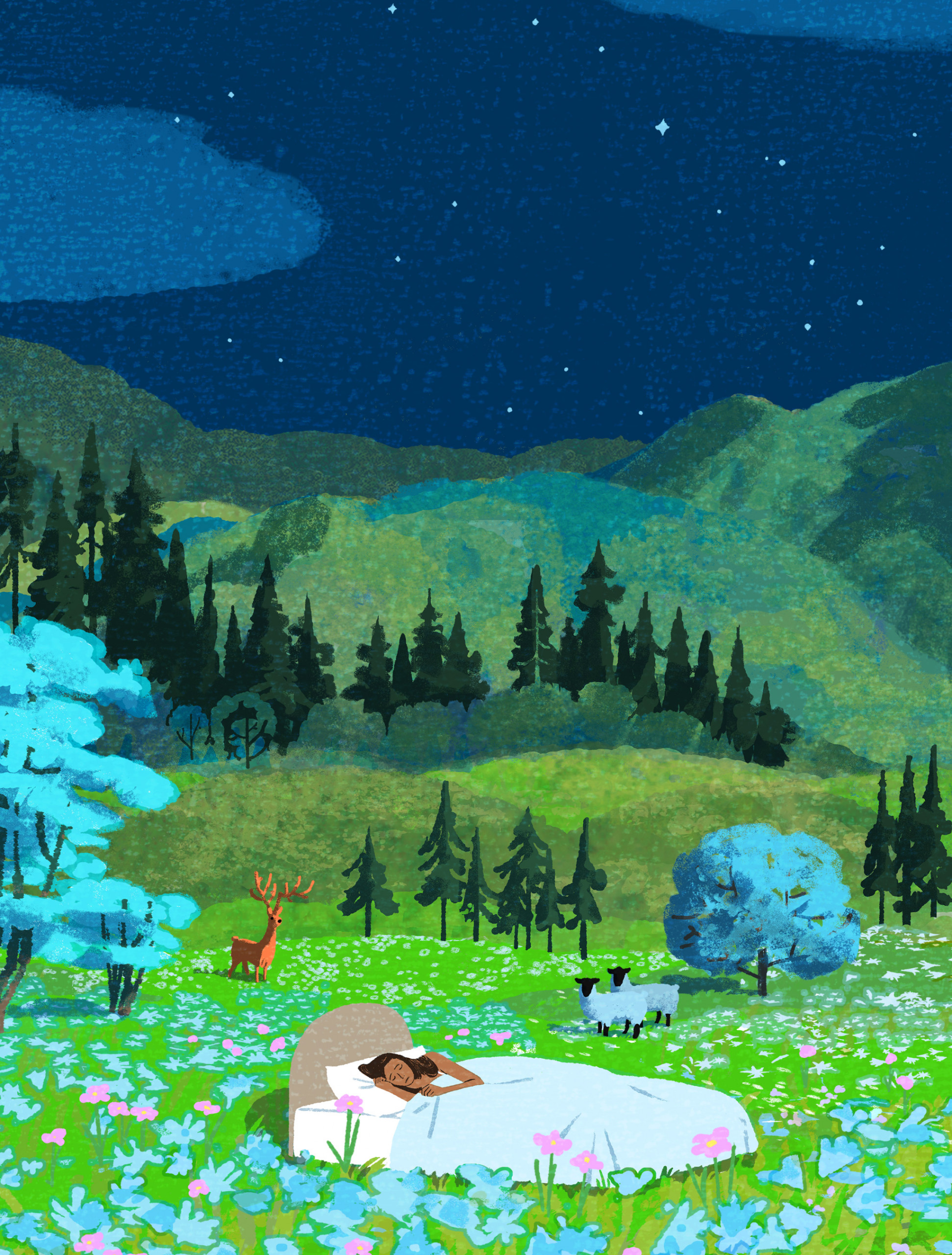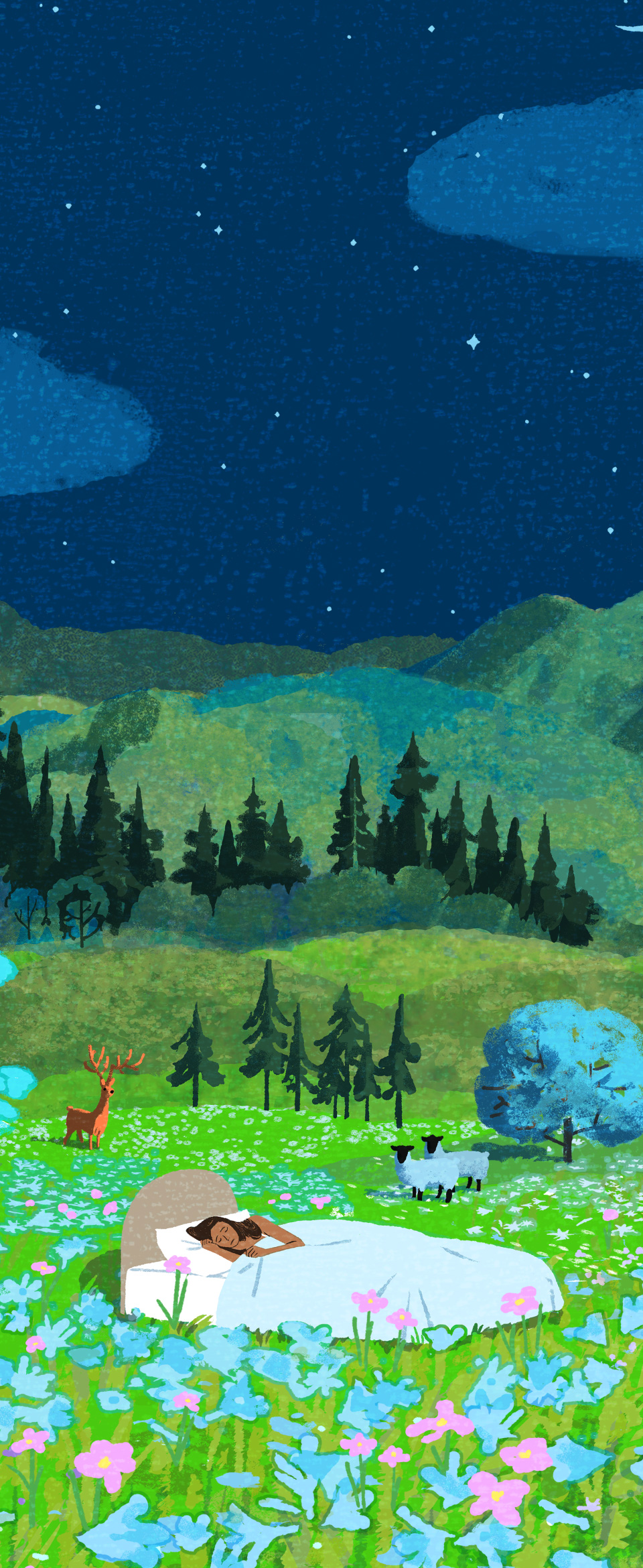Partner Content
This content was paid for by Jefferson Enterprise and created by INQStudio. The news and editorial staffs of The Inquirer had no role in this article’s creation.
This content was paid for by Jefferson Enterprise and created by INQStudio. The news and editorial staffs of The Inquirer had no role in this article’s creation.
Innovation after stunning innovation out of Thomas Jefferson University, Jefferson Health, and Jefferson Health Plans have given so many people hope for a better life. We believe that Jefferson researchers and scholars, working across all disciplines, can help address and reverse the trend of senseless violence in our society, as well. And with the insights we’ll share in this series, we’re hopeful that more of you can, too.
Violence is breaking community bonds and all too often leaving people injured, traumatized, and dead. The problem sometimes feels insurmountable, and giving up hope often feels like a logical response to the depth of what we’re facing. But when it comes to rooting out violence, we believe hope is what will bring us together. It is the prerequisite for focused learning, action, and collaboration. It is what can power a new, intentional, “all-of-society” orientation towards community violence prevention — and an expansion of our conception of what this work even entails.
While we need the leadership of policymakers to root out violence, understanding how aggression is triggered in the brain might empower more of us to take action. Brain science and its implications unlock opportunities for us to do our part to promote a culture of peace and help turn our society around, each from our own domains of expertise and engagement.
These are the possibilities we’ll be exploring in our yearlong series, Restoring Hope. With eye-opening insights about some of the surprising causes of aggressive and violent behavior, this series will call on all of us to reimagine and reengineer how we live with and relate to each other.
For the next 12 months, we’re going to take a cross-disciplinary look at these issues, leveraging our knowledge of what triggers violent reactions in our brains to help us get creative about how we can all be a part of the solution and feel part of something bigger than ourselves.
Stay with us all year and join the dialogue. To share your reactions, questions, and ways this series inspires your own engagement with anti-violence work, stay in touch at inqstudio@inquirer.com.
Illustration by Noma Bar
This content was paid for by Jefferson Enterprise and created by INQStudio. The news and editorial staffs of The Inquirer had no role in this article’s creation.
Home of Sidney Kimmel Medical College




